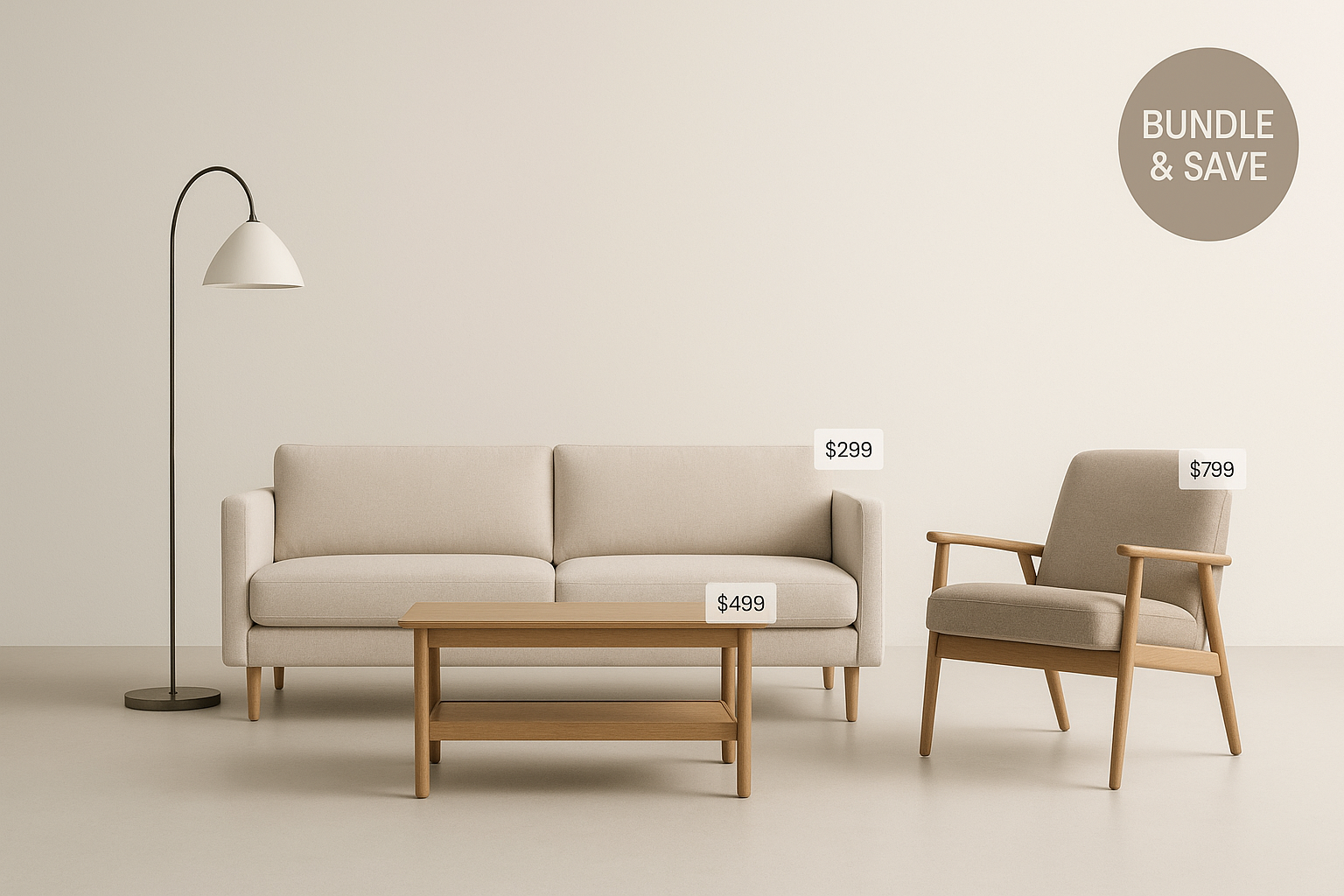It’s time for businesses to get versed in the language of the visual, such as augmented reality (AR) and 3D, and leverage virtual experiences.
Key takeaways:
- Humans think ‘in pictures’
- How visuals work for business
- Why 3D and AR technologies are the new holy grail for SEE-Suites

Doodles. Whiteboard flowcharts. Presentation graphics. Boardroom graffiti. Location maps. Some of the most loved and widely employed formats of messaging and communication –across homes and offices – around the world. What’s common to them? They all sport pictures and imagery in some form or the other. As humans, we are instinctively drawn to anything that carries pictures, illustrations or sketches - which explains the universal popularity of Snapchat, IkeaPlace, Layar, Google Expeditions, PokemonGo and applications that leverage 3D and AR technologies to create compelling spatial and virtual experiences.
‘People remember 10% of what they hear and 20% of what they read, but 80% of what they see and do’
The backstory: humans come visually hardwired
Harvard scientists trying to decode one of life’s most fundamental questions – “How do we think?” – seem to have finally hit light at the end of the tunnel. The answer comes in two words: three dimensionally.
Nature has wired humans to think about objects and concepts by ‘seeing’ them in their imagination first. Twirling them around, as it were, in the 3D movie screen of their mind – just like they do in the real world. Verbalisation, a much more modern add-on, appeared rather late in our evolutionary cycle; for a long time, our forefathers made sense of their world through the lens of cave art and smoke signals - all traditions of visual symbolism. Truth be told, humans also think ‘in words.’ But as a new study shows, even when we are talking to ourselves in our heads, we overlay our inner speech with optical elements.
Eyeballs rule our reality
Buyers spend far longer looking at products than they do reading about them on blogs or hearing about them on podcasts. Research shows that:
- At least 65% of people are visual learners.
- 50% of the brain’s cells are devoted to the specific task of processing visual information.
- Humans are remarkably good at remembering things they have seen; participants in recognition tests remembered over 2,000 pictures with at least 90% accuracy, even after a gap of several days.
- Presentations with visual aids are rated as 43% more persuasive than those without.
- According to the McGurkEffect, what our eyes detect can influence how our other senses – such as hearing – perform as well.

Why visuals work for business
- Visuals generate (significantly) more sales. 93% of consumers consider visual content a key deciding factor in a purchase decision. Ebay Research Labs confirm the claim: sellers on Ebay with higher quality images tend to be more successful with enquiry conversion.
- Visuals build brands. Big brands have changed buyer habits forever with larger-than-life visuals, flawless production and cool tech. Indeed, 78% of shoppers surveyed now want photographs to ‘bring their favourite products to life.’ Little wonder then that leading SiliconValley players like Meta (Facebook) are investing heavily in visual control technologies like AI, AR and VR to create compelling brand moments for fans.
- Visuals lift marketing. A first-rate visual and virtual experience on a digital catalog, e-commerce page or online brochure checks nearly every Big Marketing Box. It lures in more traffic (marketers say by as much as 87%), makes visitors linger longer on the platform or page, sets realistic expectations (which can reduce the scourge of returns by as much as 50%), elevates online visibility by boosting SEO and lifts share ability sharply.
- Visuals engineer trust. Seeing is believing; in an age where trust and transparency is currency, businesses that take the visual path to prospect engagement endear themselves instantly to their markets. They make their intent clear: What you see is what you get. This is also the reason why next-in-class technologies like 3D configurators, 360-degree views and augmented reality sessions increasingly feature in the media outreach mix (shoulder-to-shoulder with graphics and video) for manufacturers, retailers and brands.
78% of shoppers surveyed now want photographs to ‘bring their favourite products to life.’
The signs are there to see
By offering prospective adopters an up-close and granular look at objects from every dimension in advance, 3D and AR technologies are helping businesses enter an exciting new phase of growth by unlocking neural channels of outreach. And by letting users engage with the product near tangibly (by playing around with contour, color and context to simulate use cases), as well as enabling designers to foresee abstract concepts and prototypes for better decision-making, 3D and AR technologies are allowing businesses to raise their games even further.
While games and metaverses represent the playgrounds of the future, 3D and AR are emerging as the holy grail for revenue leaders, growth-first brands and innovation-loving entrepreneurs right here, right now. It’s clear why the AR market is slated to reach $198 Bn by 2025.
To be a part of the near-endless possibilities of See Commerce, the only question the C-Suite needs to ask itself is, “How good is my vision?”






